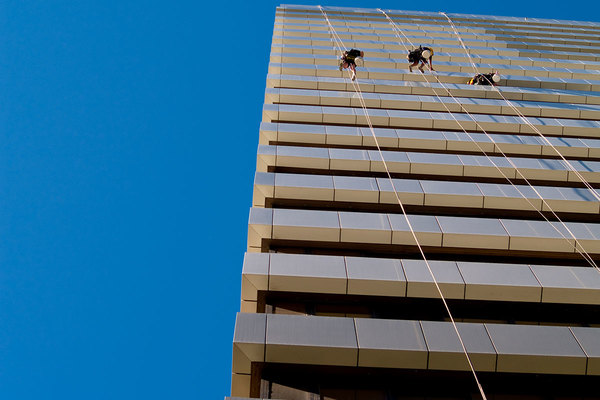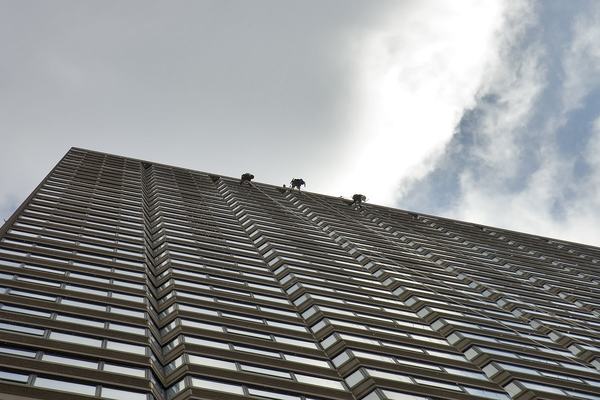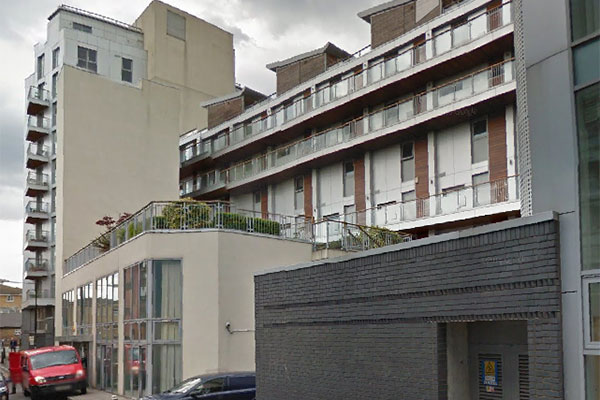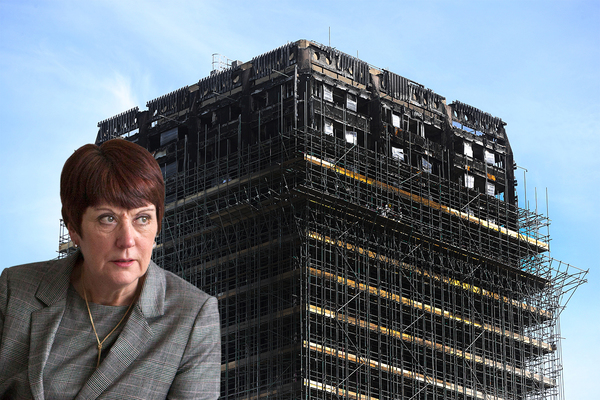You are viewing 1 of your 1 free articles
Plans to remove dangerous cladding in place for just a quarter of private blocks
The government has been informed of plans to remove dangerous cladding on only a quarter of privately owned affected blocks.
According to the latest Building Safety Programme data release issued today, local authorities have told the Ministry of Housing, Communities and Local Government (MHCLG) of plans to carry out remediation work on just 77 of the 301 private sector residential buildings identified as having unsafe cladding.
Last month’s release showed that the government had been made aware of plans for cladding removal and replacement on 72 privately owned residential high rises.
The government has also reduced its figure for the number of high rises which have completed work to remove and replace dangerous cladding.
Thirteen social housing buildings previously clad in unsafe aluminium composite material (ACM) have finished remediation work.
That is down from 15 recorded in last month’s release.
MHCLG said the decrease “follows further investigation which identified that two buildings had not been signed off by their local authority’s building control team”.
It said that cladding on the two buildings has been replaced but cannot be classified as fully remediated until building control has signed off the work.
The figure for private sector residential high rises which have had new cladding fitted remained static at four as of 12 July.
A total of 460 residential buildings of 18m or higher have been identified as having dangerous ACM cladding which the government considers unlikely to meet building regulations since the Grenfell Tower fire in June 2017.
Of these, 159 are owned or managed by councils and housing associations – with remediation work started on 114 (72%).
The other 301 are privately owned. MHCLG has been informed of plans to replace cladding on 77 of these, with work started on 23 (6%).
If the current rate of 17 in 13 months continues, it will be more than 28 years before cladding on all 460 buildings has been fully removed and replaced.
A spokesperson for MHCLG said: “Over 70% of social housing buildings with unsafe cladding have started remediation.
“We have also taken action in the private sector to ensure this complex work happens as quickly as possible.
“Removing and replacing unsafe cladding must be done properly and will take time.
“In the meantime the fire and rescue services are working with building owners and interim safety measures are already in place to ensure residents are safe now.”
Never Again campaign
In the days following the Grenfell Tower fire on 14 June 2017, Inside Housing launched the Never Again campaign to call for immediate action to implement the learning from the Lakanal House fire, and a commitment to act – without delay – on learning from the Grenfell Tower tragedy as it becomes available.
One year on, we have extended the campaign asks in the light of information that has emerged since.
Here are our updated asks:
GOVERNMENT
- Act on the recommendations from Dame Judith Hackitt’s review of building regulations to tower blocks of 18m and higher. Commit to producing a timetable for implementation by autumn 2018, setting out how recommendations that don’t require legislative change can be taken forward without delay
- Follow through on commitments to fully ban combustible materials on high-rise buildings
- Unequivocally ban desktop studies
- Review recommendations and advice given to ministers after the Lakanal House fire and implement necessary changes
- Publish details of all tower blocks with dangerous cladding, insulation and/or external panels and commit to a timeline for remedial works. Provide necessary guidance to landlords to ensure that removal work can begin on all affected private and social residential blocks by the end of 2018. Complete quarterly follow-up checks to ensure that remedial work is completed to the required standard. Checks should not cease until all work is completed.
- Stand by the prime minister’s commitment to fully fund the removal of dangerous cladding
- Fund the retrofitting of sprinkler systems in all tower blocks across the UK (except where there are specific structural reasons not to do so)
- Explore options for requiring remedial works on affected private sector residential tower blocks
LOCAL GOVERNMENT
- Take immediate action to identify privately owned residential tower blocks so that cladding and external panels can be checked
LANDLORDS
- Publish details of the combinations of insulations and cladding materials for all high rise blocks
- Commit to ensuring that removal work begins on all blocks with dangerous materials by the end of 2018 upon receipt of guidance from government
- Publish current fire risk assessments for all high rise blocks (the Information Commissioner has required councils to publish and recommended that housing associations should do the same). Work with peers to share learning from assessments and improve and clarify the risk assessment model.
- Commit to renewing assessments annually and after major repair or cladding work is carried out. Ensure assessments consider the external features of blocks. Always use an appropriate, qualified expert to conduct assessments.
- Review and update evacuation policies and ‘stay put’ advice in the light of risk assessments, and communicate clearly to residents
- Adopt Dame Judith Hackitt’s recommended approach for listening to and addressing tenants’ concerns, with immediate effect
CURRENT SIGNATORIES:
- Chartered Institute of Housing
- G15
- National Federation of ALMOs
- National Housing Federation
- Placeshapers
More on the Hackitt Review
The Hackitt Review: key recommendations at-a-glance Inside Housing breaks down the key areas of the final report from Dame Judith Hackitt’s review of building regulations
Brokenshire: government will consult on banning combustible cladding The housing secretary announces a consultation despite the Hackitt Report findings
Dame Judith Hackitt: the interview Dame Judith Hackitt spoke to Inside Housing shortly after releasing her much-anticipated review of building regulations
Final Hackitt report calls for new regulatory body but does not ban combustibles Dame Judith Hackitt has called for a regulatory body to be set up to oversee the safety of buildings, but has stopped short of a prescriptive approach or the banning of dangerous cladding.
Grenfell survivors ‘saddened and disappointed’ by Hackitt report Reaction to Hackitt’s findings decision to ignore calls for a ban on combustible cladding













